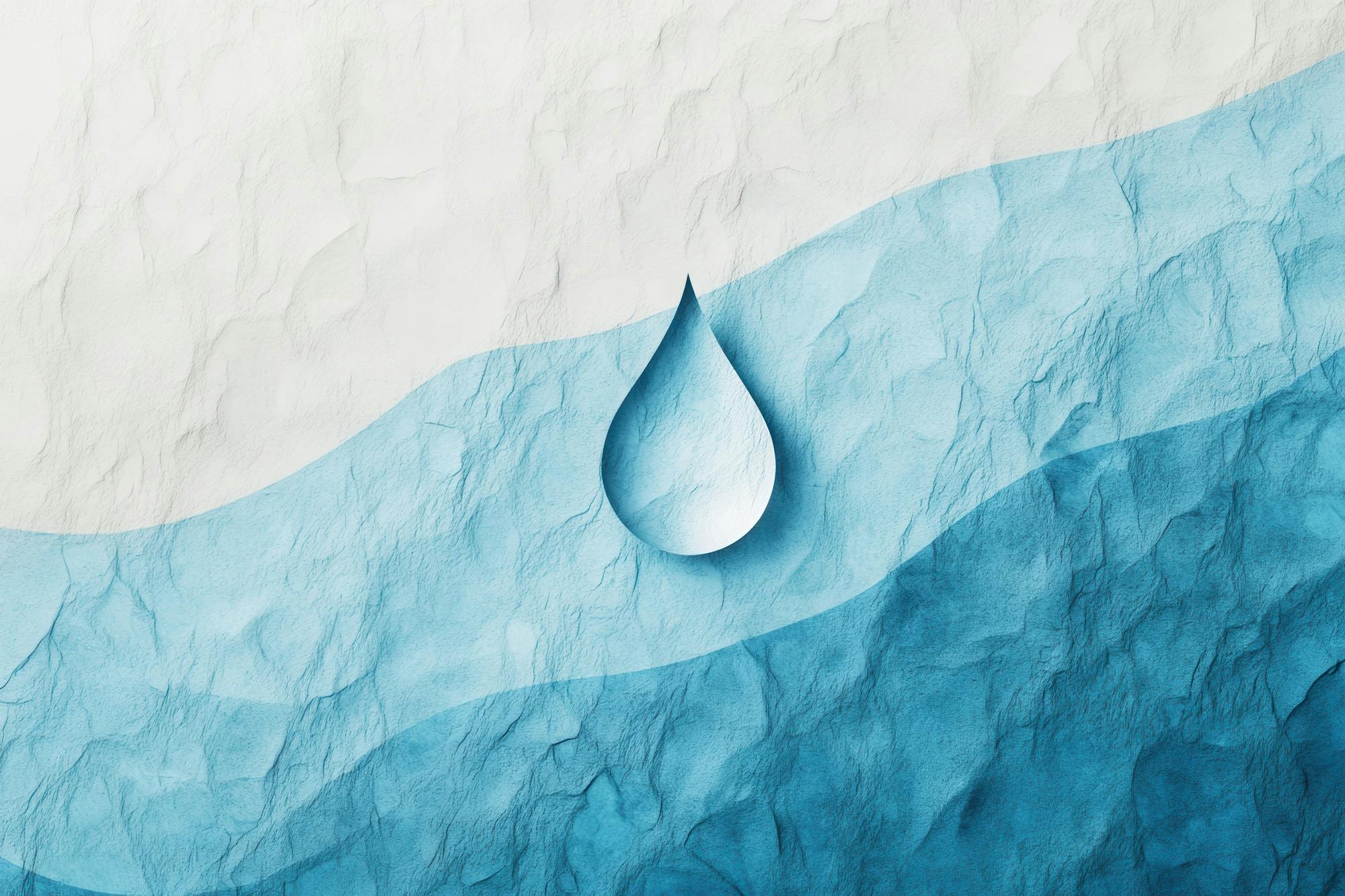- Blog
Hydration and Joint Health: Staying Fluid in the Florida Heat
Posted on 12-22-2025 in Injury Prevention, Joint Care & Nutrition by Dr. Sonya Ahmed

Posted on 12-22-2025 in Injury Prevention, Joint Care & Nutrition by Dr. Sonya Ahmed
With temperatures already in the eighties or higher across the Florida Panhandle, staying hydrated is critical for the health of your joints, not just for your overall health. While water intake is most commonly associated with skin health, digestion and energy levels, hydration is just as vital in keeping your joints moving comfortably and efficiently. Below are a few of the most common questions, along with answers, to help stay “fluid” in the Florida heat.
Why Does Hydration Matter for Joint Health?
Your joints are cushioned and lubricated by a substance called synovial fluid. This fluid helps reduce friction and absorb shock during movement, whether you’re walking along one of our beautiful sandy white beaches or climbing a flight of stairs in your home. Since the synovial fluid is primarily composed of water, dehydration can diminish its effectiveness, resulting in joint stiffness, discomfort, and potentially increased cartilage wear over time.
What Are the Signs of Dehydration That Can Affect Joints?
Most are aware of the classic dehydration symptoms, such as headache, fatigue and dry mouth. However, muscle cramping and tightness, as well as increased joint pain during activity, can also be related to insufficient water intake. In the heat of summer, especially during physical activity or time spent outdoors, these symptoms can creep in quickly.
How Much Water Is Enough?
While the “eight glasses a day” rule is a helpful guideline, most adults require more, especially in the Gulf Coast’s hot, humid conditions. Men should aim for approximately 3.7 liters (125 ounces) of fluids daily, while women should aim for 2.7 liters (91 ounces) of fluids per day. Athletes and those spending extended time in the sun may need even more.
What Are the Best Hydration Strategies for Summer?
When to Seek Care for Dehydration?
If your joints continue to feel stiff or painful despite staying hydrated, it may be a sign of an underlying orthopaedic issue. Dehydration can certainly exacerbate symptoms, but persistent discomfort should be evaluated by a specialist, especially if it interferes with daily activities.
As a former college athlete and now passionate about strength training, Orthopaedic Foot & Ankle Surgeon Dr. Sonya Ahmed has seen firsthand how something as simple as proper hydration can make a significant difference in joint function and pain prevention. If you’re experiencing lingering joint pain or difficulty maintaining long-term mobility, call 850-435-4800 or request an appointment online with Dr. Ahmed today. Your orthopaedic and sports medicine experts at North Florida Bone & Joints Specialists are here to keep you moving—comfortably and confidently—this summer and beyond.
Click the play button below to watch The Bone & Joint Brief video on this topic!

May is Arthritis Awareness Month, an opportunity to increase public understanding of arthritis and its impact on millions of lives. Established by the Arthritis Foundation, this national observance highlights the importance of early diagnosis, effective treatment, and ongoing research to improve the quality of life for those with arthritis.

With summer in full swing and children taking advantage of more time to participate in sports-related or other outdoor activities, it’s essential to be mindful of injury prevention while encouraging their interest in activities that don’t involve screen time!

May is National Arthritis Awareness Month, and of the more than 100 forms of this painful condition, many can affect the ankle. In fact, almost half of people in their 60s and 70s have arthritis of the foot and/or ankle, but not all of them have symptoms.